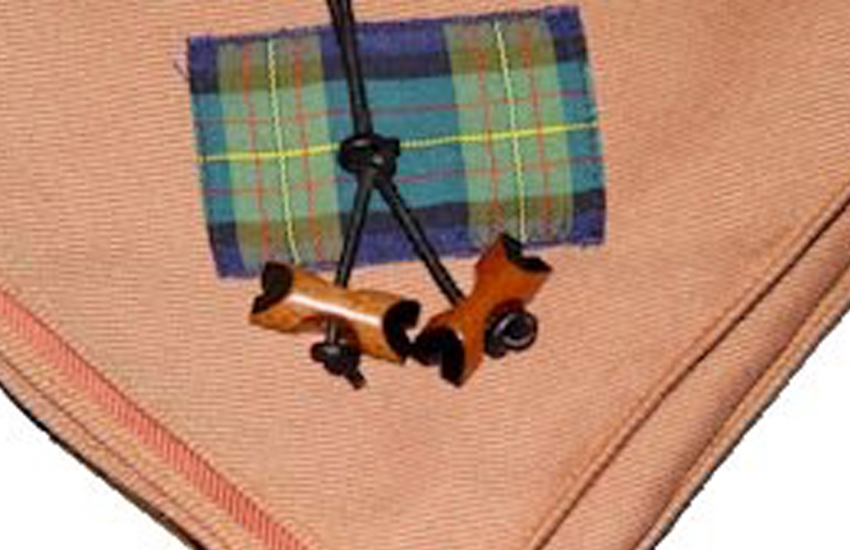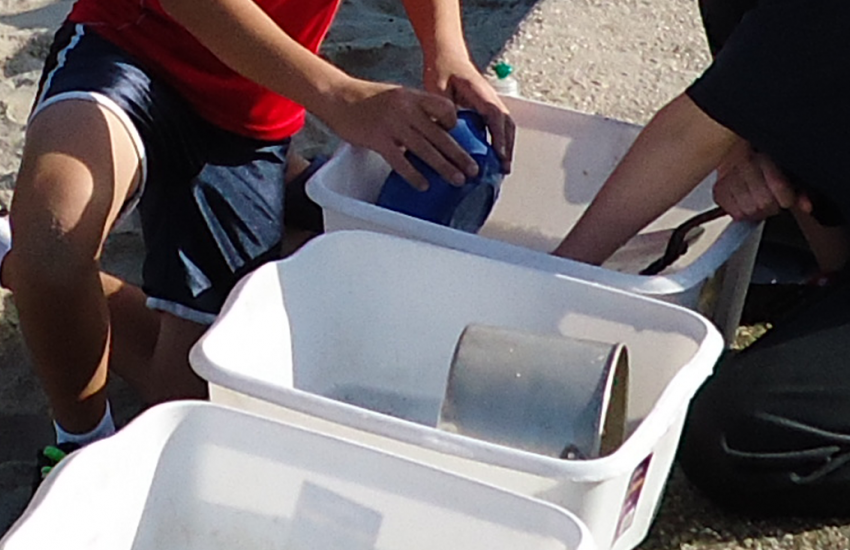Scout budgets and why you should have one, and the steps to solvency.
Transcript:
Budgeting for the troop helps a unit keep track of how they spend and where they spend any money they have.
Without a proper budget or at least an idea of a budget you run the risk of having a shortfall in your bank account, which can incur fees that you can’t afford.
While the specifics of a troop’s budget has a lot of different factors depending on how your particular troop decides what is paid for by the troop and what is paid for by individuals a budget helps you make the decisions on allocating funds appropriately.
In our troop scouts and adults pay for any food on trips. As mentioned in previous videocasts, scouts and adults pay $10 per person to cover this cost.
For other trip expenses the troop will pay for it out of its own funds. The exception is larger trips that might include a hotel, busses, admission fees, etc. These are passed on to the individual. But it doesn’t end there, as with a healthy troop account, the committee can decide to defray some of these costs.
Out troop has yearly dues, which cover the general expenses of the program including insurance, national fee, boys life and helps defer costs of site fees like cabins.
As I said, we only ask the boys for food money, and if the trip is off of Long Island part of gas and tolls for the drivers. The rest of the site fees are paid from fundraising.
We fundraise yearly through popcorn. It is actually our only scheduled fundraiser. Through this however we are able to afford to pay all cabin and tent site fees through the year. We cover the cost of extras like our holiday parties and can afford to offer pre-pay discounts through giveaways like space blankets or sweatshirts if you pay all at once at the start of the year.
So, our budget includes the site fees, the food for trips are a wash, and any additional fees for extra propane or supplies align to trips, so the next year when we do an annual budget you roll up the trip budgets to get a great picture of true cost of the yearly program.
This also allows you to pivot easily. It gives you a goal for fundraising, and if you manage it right you have enough in your troop accounts to cover your float, which is the difference between the amounts of money you owe and the amount of money you receive to cover expenses.
As you revisit this yearly, you can decide to give back to the troop through new equipment, subsidized trips or a reduction in dues. But you can only do this if you understand the money coming in and the money going out. But, this is what works for us.
Take what you like and leave the rest, and as we say in Woodbadge, feedback is a gift, leave yours below in the comments, with the hope we can all learn together.
I’m Scoutmaster Dave, and this was a bit on troop budgeting.




